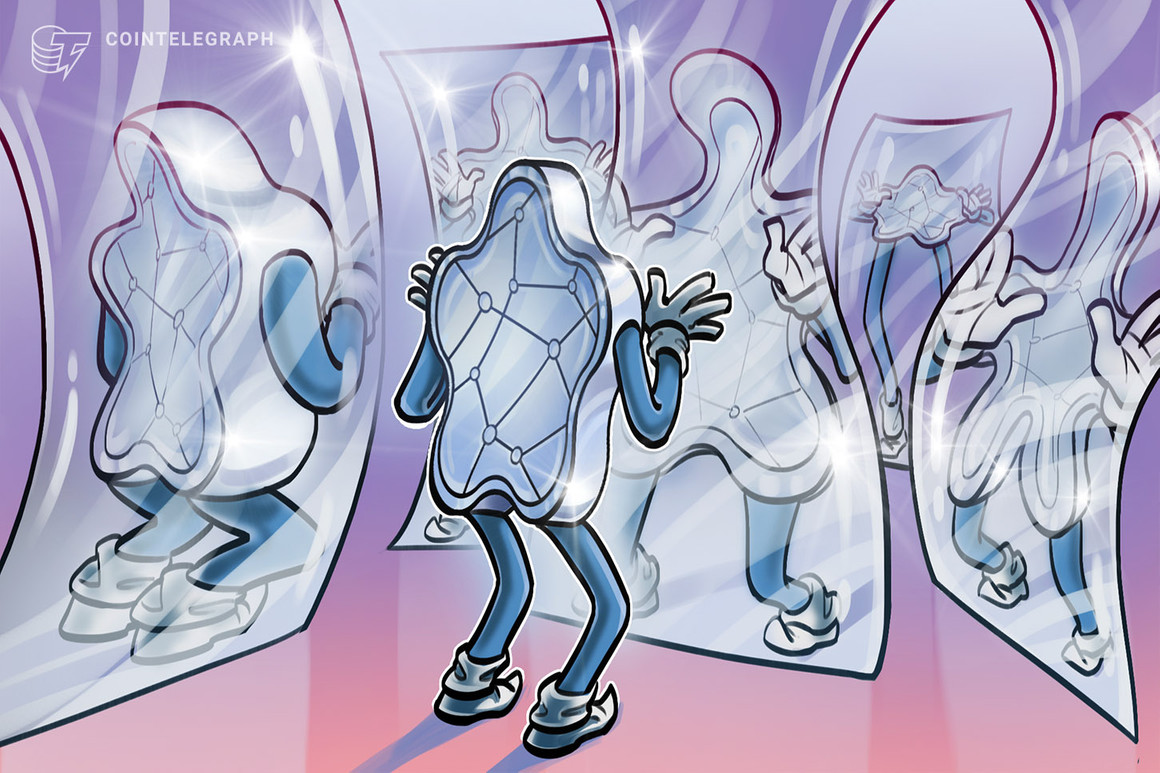The funny thing about many of the absolutely insane things happening in the world today is that from a certain perspective, they actually make perfect
The funny thing about many of the absolutely insane things happening in the world today is that from a certain perspective, they actually make perfect sense. Take the famous brands buying metaverse real estate, for example. At first glance, it makes no sense at all. At second glance, assuming the user base of the respective projects grows over time, it’s like buying an ad banner on a website, just at a higher markup. Considering how many headlines you get on the purchase, the purchase becomes quite sensible even if you do nothing with your plot of virtual land.
It’s quite possible to make the same case for nonfungible token (NFT) art, another major trend in the blockchain space, at least in how much buzz it has generated. Just a few months ago, Paris Hilton and Jimmy Fallon checked how deep the cringe abyss goes on live TV as they showcased their Bored Apes. And that’s just a few of the mainstream celebs who have joined the NFT art hype train recently, with quite a few of them managed by the same entity, United Talent Agency. And would you believe it, UTA also represents Yuga Labs Bored Ape Yacht Club’s makers.
Welcome to the club, @guyoseary ! ☠️⛵️ https://t.co/PcUtD67zIF
— Bored Ape Yacht Club (@BoredApeYC) October 12, 2021
This may hint at an interesting nexus between the entertainment elites and the poster kids of the NFT scene. BAYC at least has more than pictures to offer, though, which is not always the case for NFTs we see popping up at leading auction houses Christie’s and Sotheby’s. As these two worlds move closer to each other, their similarities come into the spotlight — and reveal some pretty funky truths along the way in how we perceive both art and value.
Related: Planet of the Bored Apes: BAYC’s success morphs into ecosystem
Value is in the eye of the appraiser
Traditional art is quite effective as a store of value; it can generate some returns over time and is pretty convenient in the sense that a $100-million painting takes less space than the same amount in cash. But if the value of fiat comes from the financial strength of the issuing nation, with art, things are 100 times murkier.
What is art? Pretty much anything, one would think after a walk through a random modern art gallery. In fact, some of the most famous and modern artists, from Andy Warhol to Jeff Koons, work to deconstruct our understanding of what art is and what can be art. If anything, we live in an age when a banana taped to a wall can be on display in an art gallery, valued at $120,000. Someone ate it and called the deed an act of artistic expression, but fear not — the fruit was soon replaced, and business went back to as usual.
From this banana switcheroo, we can deduce the fruit was technically fungible in as much as this piece went. In other words, the value of the art piece did not come from one specific banana, but from any banana being held in place by, presumably, an equally fungible piece of duct tape. So, what exactly made for the $120,000 price tag? The artist’s brand, the prestige of the gallery, and a few other quite ethereal factors.
Related: Plain talk about NFTs: What they have been and what they are becoming
Things get even funnier when we try to apply the same logic to other valuable pieces of art. The Black Square, one of the most famous paintings by Kazimir Malevich, changed hands for $60 million in 2008. The painting displays exactly what you would think — a literal black square — and, as such, has a questionable value in terms of pure aesthetics. Furthermore, to check the painting for authenticity, we’d be forced to rely on little more than an in-depth analysis of its components, paint and canvas to establish if they are old enough and typical enough for Malevich’s era and locality. But if someone were to randomly munch on this artwork, there is no way in hell we’d be able to replace it with another black square, even though the aesthetic value would be more or less the same. The value of this piece comes from the hand that drew it, and anyone who’s not Malevich won’t do.

This is not to say that art valuation is entirely subjective (Malevich is Malevich, after all), and yet collective subjectivity manifesting itself in changing trends and fashions underpins it to the point of being pretty much inescapable. Couple this with the wild money some people are willing to dish out for these quasi-ephemeral goods, throw in some centralization and insiderism, and you get a brew that would probably be unimaginable in any other industry.
The shady underbelly
While many would probably want to believe in Cinderella-style tales of a starving artist whose star one day takes off, the reality is different. At the core of the art world, as a massive study revealed in 2018, is a network of about 400 venues, mostly located in the United States and Europe. If you happen to go on show in one of those, pat yourself on the back and give your muse a high-five. If not, though, things could…
cointelegraph.com
